neuralnetwork
Latest

Watch an AI teach itself to drive in 'GTA V' on Twitch
While automakers are still negotiating with local and state governments to let autonomous cars test drive on open streets, one programmer has found a more accessible proving ground to teach AI how to be a motorist: Grand Theft Auto V. It's not the first time folks have used the game to train their self-driving vehicles -- but you can watch this one learn in real-time on Twitch. One warning: If you're expecting a graceful, law-abiding AI driver...don't.
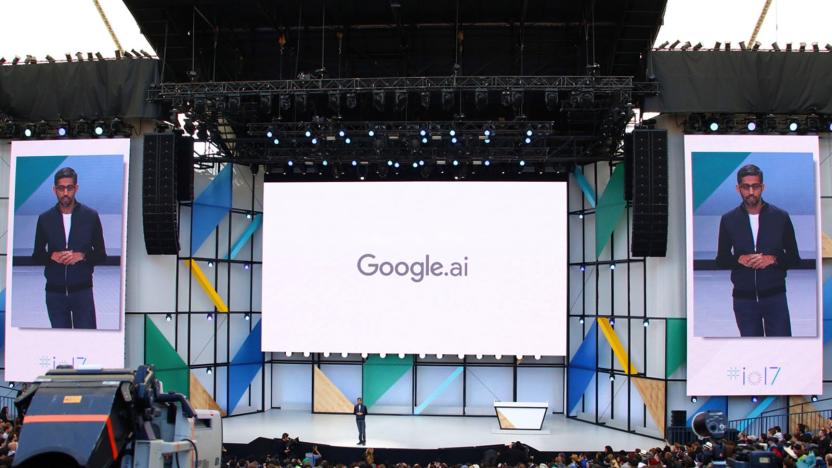
Google launches a massive open AI division
Today at Google's I/O developer conference, CEO Sundar Pichai greeted the assembled press and attendees with news that the company will be focusing heavily on AI both for its services and research. The new Google.ai site and division will focus on artificial intelligence, deep learning and building the tools to make that work possible.

Google' Allo chat app crafts custom emoji using your selfies
Google's Allo chat program is still missing some basic features, but hey, you're a fan of Bitmoji right? That's the line of thinking for the app's latest add-on: personalized emojis, made from your face. Unlike Snapchat's Bitmoji, though, Google's version relies on computer vision and neural networks to craft a likeness from your selfies. Yup, algorithms are being tapped to draw your face.
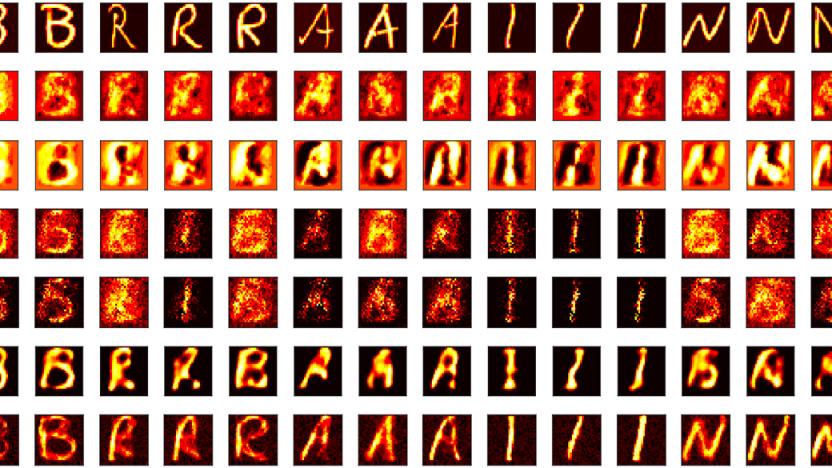
Neural network learns to reproduce what your brain sees
Scientists dream of recreating mental images through brain scans, but current techniques produce results that are... fuzzy, to put it mildly. A trio of Chinese researchers might just solve that. They've developed neural network algorithms that do a much better job of reproducing images taken from functional MRI scans. The team trains its network to recreate images by feeding it the visual cortex scans of someone looking at a picture and asking the network to recreate the original image based on that data. After enough practice, it's off to the races -- the system knows how to correlate voxels (3D pixels) in scans so that it can generate accurate, noise-free images without having to see the original.
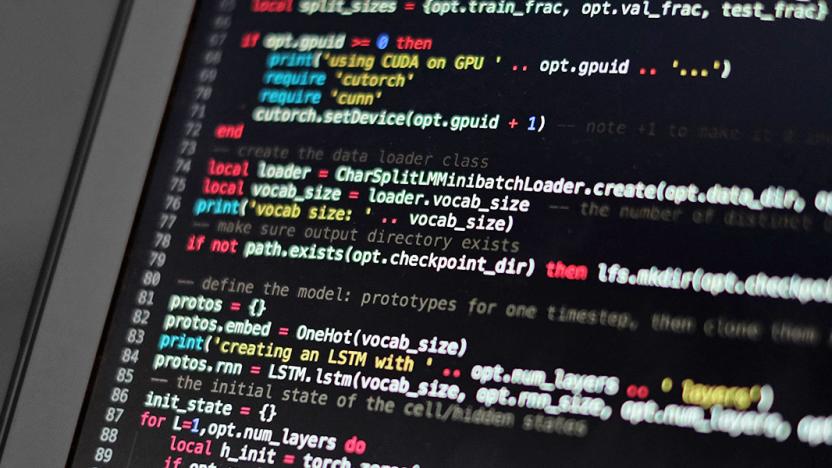
This neural network generates weird and adorable pickup lines
Training a neural network involves feeding it enough raw data to start recognizing and replicating patterns. It can be a long, tedious process to just approximate complex things -- like writing articles for Engadget, for example. Research scientist Janelle Shane has experimented with her own neural network to create recipes, lists of new Pokemon and weird superhero names with varying results. Now, however, she's turned her training attention to pickup lines. Surprisingly, her neural network has generated some pretty adorable ones.

This is what AI sees and hears when it watches 'The Joy of Painting'
Computers don't dream of electric sheep, they imagine the dulcet tones of legendary public access painter, Bob Ross. Bay Area artist and engineer Alexander Reben has produced an incredible feat of machine learning in honor of the late Ross, creating a mashup video that applies Deep Dream-like algorithms to both the video and audio tracks. The result is an utterly surreal experience that will leave you pinching yourself.
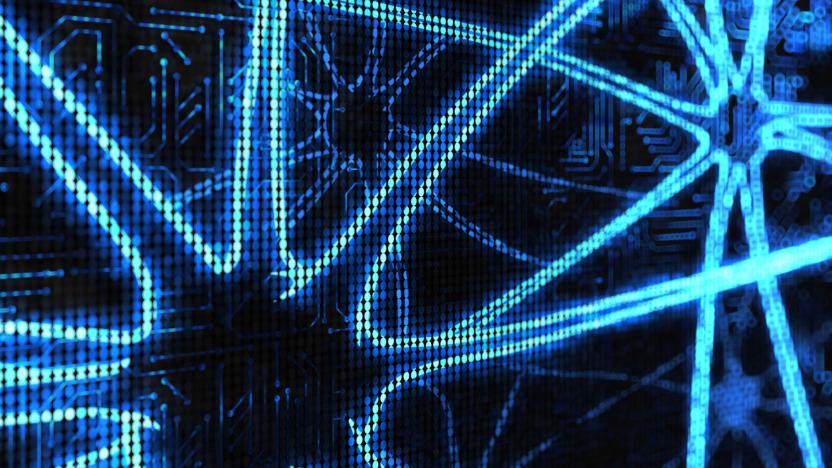
'Black box' technique may lead to more powerful AI
It's not easy to train a neural network. Even if they're not difficult to implement, it can take hours to get them ready no matter how much computing power you can use. OpenAI researchers may have a better solution: forgetting many of the usual rules. They've developed an evolution strategy (no, it doesn't relate much to biological evolution) that promises more powerful AI systems. Rather than use standard reinforcement training, they create a "black box" where they forget that the environment and neural networks are even involved. It's all about optimizing a given function in isolation and sharing it as necessary.

DeepMind AI learns to 'remember' previous knowledge
For all the talk of artificial intelligence becoming increasingly brain-like, there's one area where it frequently falls short: memory. Neural networks usually have to learn everything they need to know about their duties, rather than building on top of existing experiences like real brains do. Alphabet's DeepMind team hopes to fix that. They've crafted an algorithm that lets a neural network 'remember' past knowledge and learn more effectively. The approach is similar to how your own mind works, and might even provide insights into the functioning of human minds.
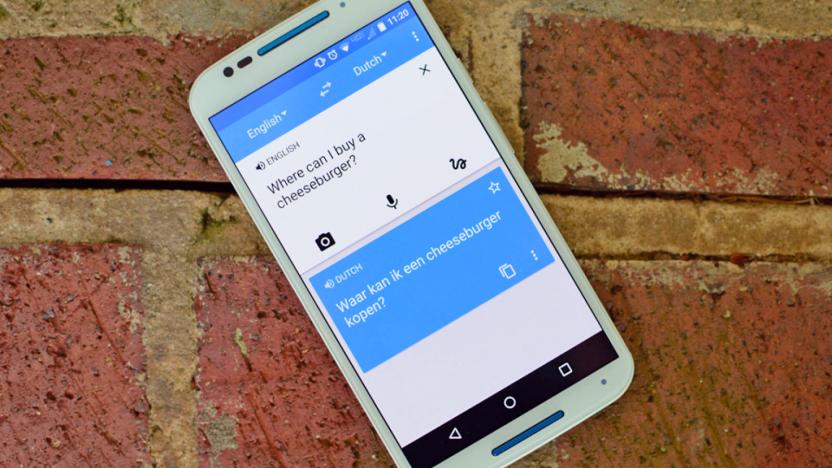
Google's AI-powered translator works with three more languages
Google wants language translation to sound more natural. Last year, it began moving away from phrase-based machine translation and created an AI-powered system called Google Neural Machine Translation (GNMT). Now, the company says it's expanding GNMT to Hindi, Russian and Vietnamese.

AI predicts how athletes will react in certain situations
When you think of sports analysis, you probably think of raw stats like time in the opposing half or shots on goal. However, that doesn't really tell teams how they should have played beyond vague suggestions. Researchers at Disney, Caltech and STATS believe they can do better: they've developed a system that uses deep learning to analyze athletes' decision-making processes. After enough training based on players' past actions, the system's neural networks can predict future moves and create a "ghost" of a player's typical performance. If a team flubbed a play, it could compare the real action against the predictive ghosts of more effective teams to see how players should have acted.
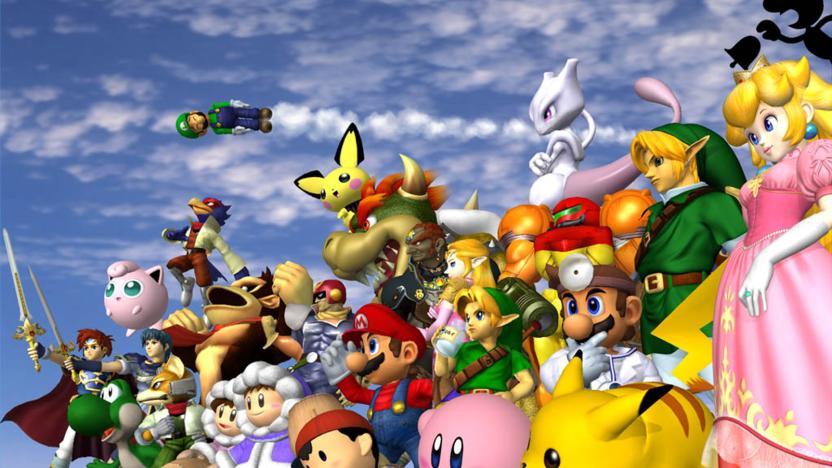
MIT's 'Super Smash Bros.' AI can compete with veteran players
For expert players, most video game AI amounts to little more than target practice -- especially in fighting games, where it rarely accounts for the subtleties of human behavior. At MIT, though, they've developed a Super Smash Bros. Melee AI that should make even seasoned veterans sweat a little. The CSAIL team trained a neural network to fight by handing it the coordinates of game objects, and giving it incentives to play in ways that should secure a win. The result is an AI brawler that has largely learned to fight on its own -- and is good enough to usually prevail over players ranked in the top 100 worldwide.

Artificial synapse could be key to brain-like computing
If you're going to craft brain-like computers, it stands to reason that you'd want to replicate brain-like behavior right down to the smallest elements, doesn't it? Sure enough, researchers have managed just that. They've developed an artificial synapse that imitates the real thing by both learning and remembering whenever electrical signals cross -- most previous attempts at this can only manage one action at a time. You only have to discharge and recharge the synapse at specific voltages to program it, and it promises to be far more power-efficient than conventional approaches to brain-like operation.
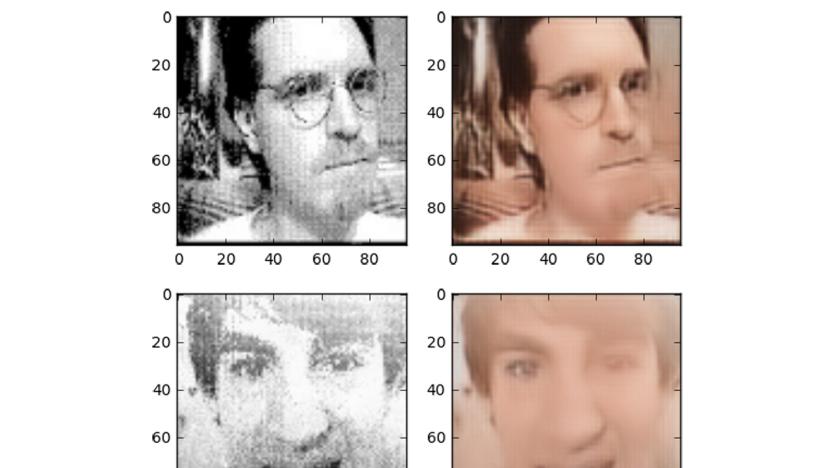
AI turns Game Boy Camera photos into decent shots
Many people have fond memories of using the Game Boy Camera, but to call its low-resolution black-and-white shots "photos" would be... generous. Don't tell that to Roland Meertens, though. He recently devised a neural network that turns Game Boy Camera images into more presentable pictures. He trained the AI to clean up, colorize and fill in details for images by feeding it thousands of photos reduced to Game Boy-level image quality. The results aren't exactly good enough to frame for posterity, but they're far easier on the eyes.

AI learns to recognize exotic states of matter
It's difficult for humans to identify phase transitions, or exotic states of matter that come about through unusual transitions (say, a material becoming a superconductor). They might not have to do all the hard work going forward, however. Two sets of researchers have shown that you can teach neural networks to recognize those states and the nature of the transitions themselves. Similar to what you see with other AI-based recognition systems, the networks were trained on images -- in this case, particle collections -- to the point where they could detect phase transitions on their own. They're both very accurate (within 0.3 percent for the temperature of one transition) and only need to see a few hundred atoms to identify what they're looking at.

Android Wear 2.0 uses offline AI for its smart replies
One of the new features on Android Wear 2.0 is Smart Reply, which suggests responses to messages that you can quickly tap if you're busy doing something else. In its research blog, Google explained that the feature uses on-device machine intelligence, so it works even if you don't have an internet cloud connection. While the researchers initially thought doing that would be impossible, the "Expander" AI team saw it as a unique opportunity.

Google uses AI to sharpen low-res images
Deckard's photo-enhancing gear in Blade Runner is still the stuff of fantasy. However, Google might just have a close-enough approximation before long. The Google Brain team has developed a system that uses neural networks to fill in the details on very low-resolution images. One of the networks is a "conditioning" element that maps the lower-res shot to similar higher-res examples to get a basic idea of what the image should look like. The other, the "prior" network, models sharper details to make the final result more plausible.
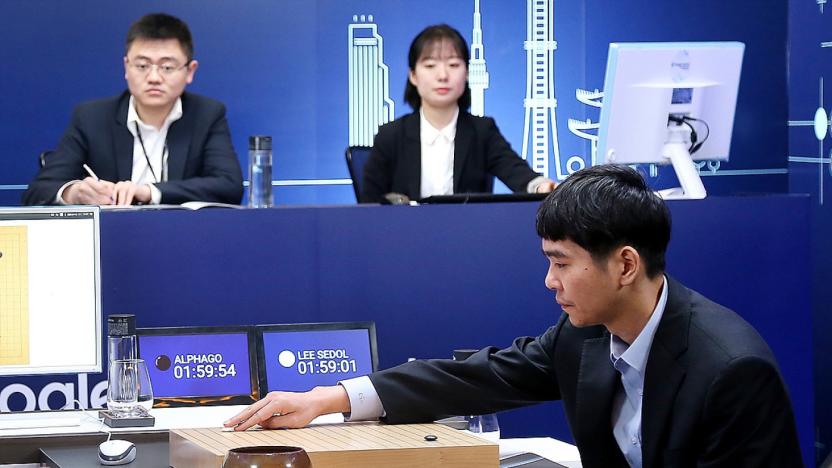
Korean Go body to ban smartphones thanks to Google's AI
South Korean Go players will be banned from using smartphones during official tournaments in the future, and it's all thanks to Google's AlphaGo AI. The Korea Times reports that the Korea Baduk Association -- baduk being the local name for Go -- is currently drafting new rules that will outlaw smartphone use in matches. While the organization is fully aware you can't carry AlphaGo around in your pocket at the moment, it's preempting a time when certain AI tools that can give players a competitive edge do become available on smartphones.

MIT model reveals role of inhibitory neurons in the brain
Recent digital tech advancements have produced prototype artificial neurons and light-based neural networks, but we're still discovering ways our brain actually works. Researchers at MIT have built a computational model that could illustrate how inhibitory neurons work efficiently to block others from firing.

Deep learning could predict car trouble before you notice it
Trying to replicate the sounds your car is making to the mechanic you're talking to is equal parts frustrating and embarrassing. But neural networks could put your best "worn out wheel bearing" impression into retirement. Israeli company 3DSignals uses deep learning to keep track of sounds, listening for deviations from the norm in musical and mechanical acoustics. According to an interview with IEEE Spectrum, the company is in talks with "leading European automakers" to put its ultrasonic microphones in their cars.
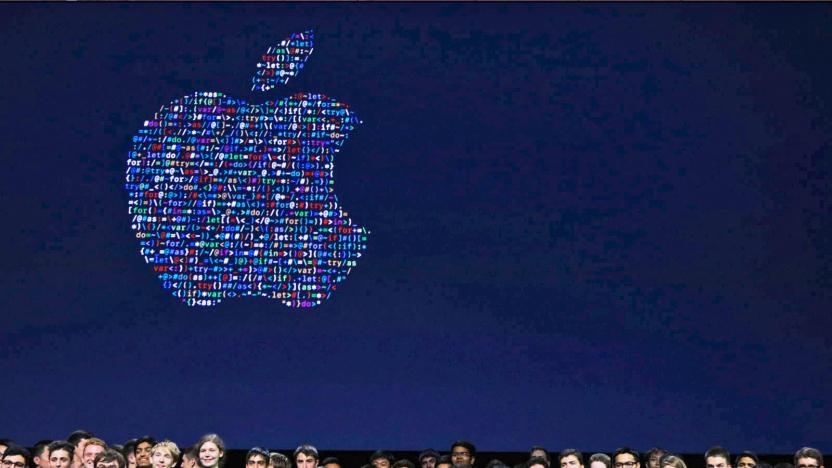
Apple publishes its first AI research paper
When Apple said it would publish its artificial intelligence research, it raised at least a couple of big questions. When would we see the first paper? And would the public data be important, or would the company keep potential trade secrets close to the vest? At last, we have answers. Apple researchers have published their first AI paper, and the findings could clearly be useful for computer vision technology.








